Our decisions and actions are influenced by the information we pay attention to
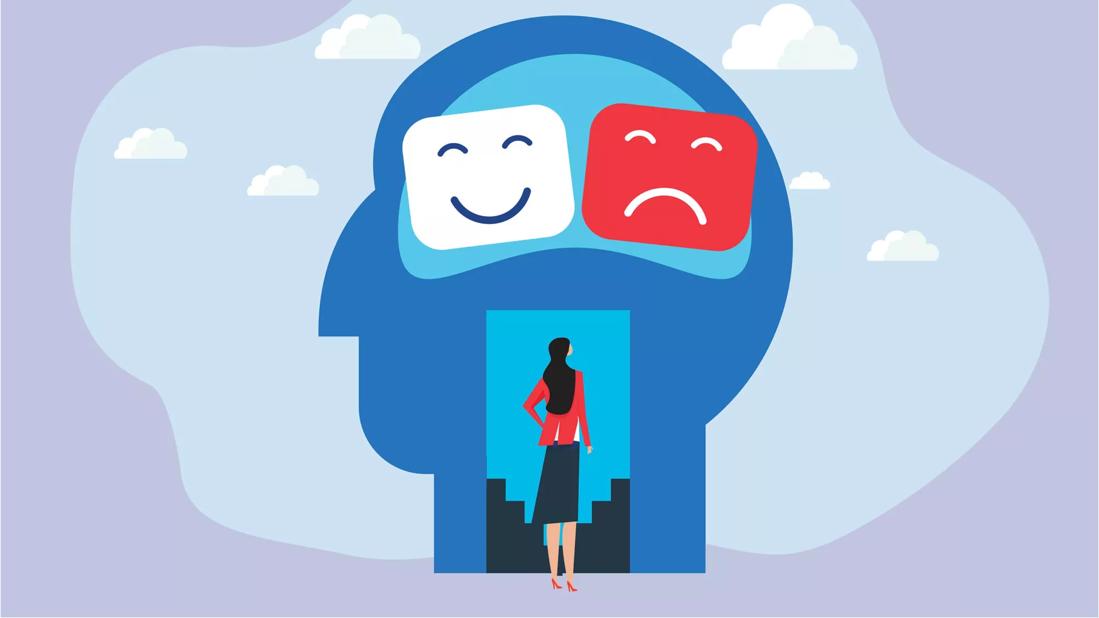
You’re probably heard of bias before. According to Merriam-Webster, it implies an unreasoned and unfair distortion of judgment in favor of or against a person or thing.
Cleveland Clinic is a non-profit academic medical center. Advertising on our site helps support our mission. We do not endorse non-Cleveland Clinic products or services. Policy
We tend to have certain biases based on our social norms, experiences and assumptions. For example, you may know you’re biased against ice cream flavors opting for chocolate over vanilla.
But we all have cognitive biases, which happen as an attempt by our brains to simplify all the information it receives every second. It’s a systematic error in our thinking that influences and affects how we make decisions and how we think about the world around us.
Psychologist Kia-Rai Prewitt, PhD, explains cognitive bias and what you can do to overcome it.
“If we have a cognitive bias, we may interpret information based off of our own beliefs and experiences,” explains Dr. Prewitt. “And sometimes, the ways that we interpret that information may or may not be accurate.”
These biases can exist because of how you remember certain events or periods of your life. Another big factor is how limited your attention is — meaning that we’re selective about what we pay attention to in a world that throws all kinds of information at us every moment. Social pressure and emotions can also lead to cognitive bias.
We also use heuristics, which are mental shortcuts, to categorize information and how we process and respond to them. This allows us to make decisions quickly and is a main contributor to cognitive biases.
“We take shortcuts based off of previous knowledge,” further explains Dr. Prewitt. “If I encounter a situation that’s similar to another experience I’ve had, I may behave in the same way.”
For example, if you’ve attended a black-tie event in the past, you may remember how you acted during the evening when you encounter a similar social gathering — and then act the same exact way.
And while the cognitive bias definition may sound like unconscious bias, there’s a slight difference.
“With unconscious bias, you may have a reaction to something based on prior beliefs, possibly even stereotypes, about something, but you’re not aware of that bias,” defines Dr. Prewitt. “With cognitive bias, you might be very intentional about making a judgment on something based off of your beliefs or previous experience.”
For example, if you’re buying a car, you may think one brand is more reliable than another brand and that influences what kind of car you end up buying.
In fact, cognitive bias can affect how you make decisions in all areas of your life, whether it’s in your social life, with your finances or when it comes to your healthcare.
So, how do you know if you have a cognitive bias?
You may have a cognitive bias if you tend to pay attention to media outlets and news that aligns with your opinions, assume that others share in your beliefs or set out to learn about a certain topic, and once you have a little bit of information, you assume you’re an expert.
But not all cognitive biases are bad for us. Being able to make quick, fast-thinking decisions are beneficial in dangerous or unsafe situations.
The idea of cognitive bias has been around since the 1970s. Today, there are more than 150 different cognitive bias examples, with more being added to the list all the time. Dr. Prewitt outlines some of the most common cognitive biases.
With this type of cognitive bias, you tend to judge others for their failures while essentially making excuses for your own behaviors and shortcomings.
For example, you tend to overemphasize how external factors like a bus running late or how a difficult coworker affects your behavior, while overvaluing how internal factors — like they’re lazy or don’t have the required skills — may affect others’ behaviors.
You use pre-existing information or the first piece of information you come across to base your decision. This kind of cognitive bias tends to happen when dealing with finances and money.
For example, if you’re booking a flight and see a round-trip ticket is $400, you tend to use that price as an anchor or point of reference to make a decision. When you look at prices later and that same flight is now $1,000, you tend to view the first price as a good value though there may be more affordable options available.
With this type of cognitive bias, you tend to pay attention to certain facts while ignoring others.
“Let’s go back to the car-buying example,” says Dr. Prewitt. “You may really want a particular car because you love the way it looks. However, you may ignore the fact that it gets horrible gas mileage and has a lot of recalls. In this case, your attention is solely focused on the things that make the car attractive, rather than some of the potentially negative factors.”
In this case, you’re using any information that you can recall easily and quickly to make a decision — believing it to be significant and important when it may be inaccurate. Case in point: You may remember recent stories about tornados, making you believe that tornadoes are a common occurrence.
Another example? The last time you had a meal at a particular restaurant, you left with an upset stomach. Therefore, you may avoid going back because you fear it will happen again.
This is one that we all tend to do. “You’re actively seeking out or you automatically pay attention to things that confirm your own beliefs,” explains Dr. Prewitt. “If you believe something, you’re actively going to seek out other people who believe the same thing.”
This comes into play when we think and talk about topics like politics and religion. We will tend to discount any information that doesn’t fit in with our belief systems.
When the “false consensus effect” comes into play, you tend to overestimate how many people agree with you or you may think your behavior or beliefs are common.
How might this cognitive bias look in real life? You may feel strongly about having universal healthcare and assume everyone agrees with you. Then, you’re surprised when others share an opposite opinion.
With the halo effect, you tend to use your overall impression of someone when making judgments on their character.
When interviewing candidates for an open position, you may view one potential employee as more worthy because of their put-together, neat appearance, even though they might not have the necessary skills or experience.
It pays to have a “glass-half-full” outlook on life, right? In some cases, you may have an optimism bias, which is an unrealistic belief that the chances of you failing or having bad luck are less likely than others.
You may make a bad business decision because you think investing in a certain stock will guarantee a nice monetary return. But you don’t do your due diligence and consider the fact that stocks price can go down, leading to a financial loss.
If something good happens to you — for example, if you and your team win a soccer game, it’s because you put in a lot of hard work and you take credit for the desirable outcome.
But if you lose the game, you tend to blame external forces — for example, you may believe the referee missed a critical call.
So, how do you recognize any cognitive biases you may have? And how do you overcome them? Dr. Prewitt suggests the following:
And is there anything you can do to help others identify and work on their own cognitive biases? Yes, but tread carefully, cautions Dr. Prewitt.
“One of the things I suggest is to know your audience,” she continues. “Are they open to having a conversation? And even if they’re not, you can still use assertive communication. Sometimes, it’s not even saying that you agree. By just saying, ‘I understand’ or ‘I hear you’ can help facilitate conversations with people who you may not agree with.”
Overall, cognitive biases affect how you make decisions and can lead to difficulties in your career and personal life. But with practice, you can get better at recognizing when you may have a cognitive bias and how to change your perception of a situation. And, again, it’s important to recognize and accept that we all use cognitive bias.
“Our brain is naturally wired to make sense of information. With all the information that is thrown at us at one time, we can only focus on certain things. And we use cognitive bias to help us process all that information,” reiterates Dr. Prewitt. “Unfortunately, sometimes, when we’re biased, we may be making an error in how we process that information.”
Learn more about our editorial process.

Identify your triggers, set ground rules for your break and start practicing mindfulness

Immersing yourself in nature can improve both your mental and physical health
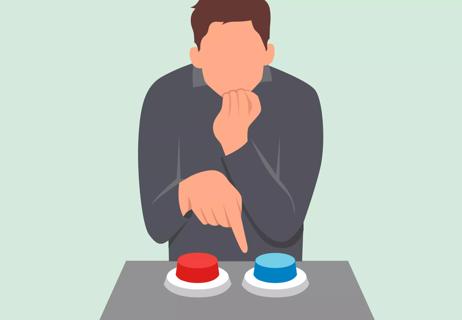
Don’t let the fear of making the ‘wrong’ decision stop you from moving forward

Deep breaths, exercise and even your favorite scent can help calm those nerves
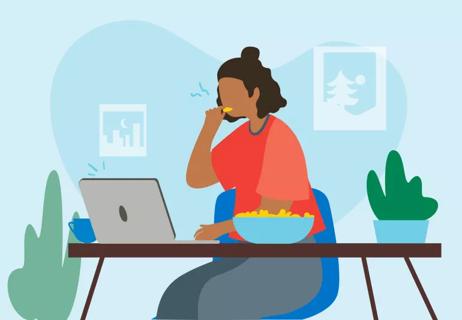
You can learn other ways to soothe yourself, including distraction and mindfulness
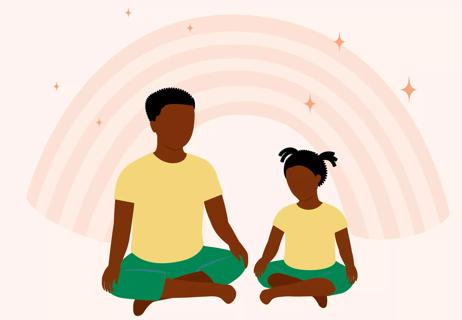
7 tips to help your child focus on the present and build lifelong coping skills

Embracing both can be healthy
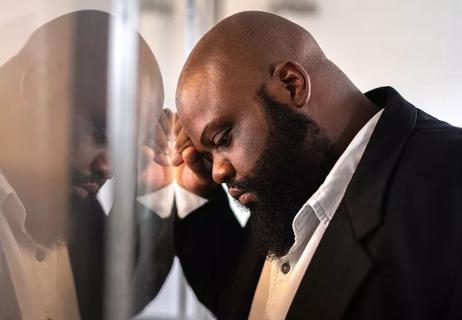
Anxious thoughts can run circles in your head

Your metabolism may torch 1,300 to 2,000 calories daily with no activity

A gentle touch in all the right places may help drain your sinuses